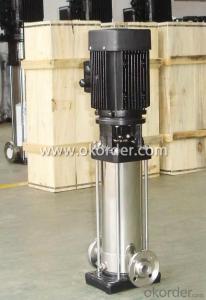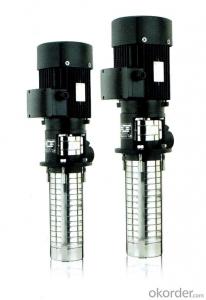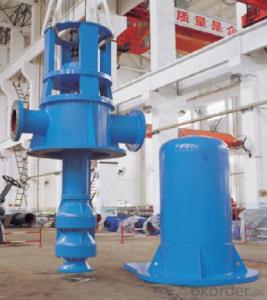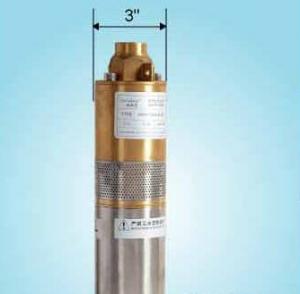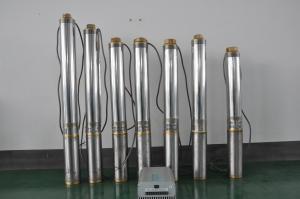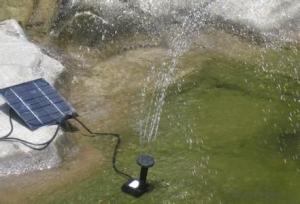Pump Inverter Solar
Pump Inverter Solar Related Searches
Best Stainless Steel For Knives Wd 40 For Stainless Steel Hole Saw For Stainless Steel Paint For Stainless Steel Stainless Steel For Bbq Step Bit For Stainless Steel Sponge For Stainless Steel Coatings For Stainless Steel Caulking For Stainless Steel Stainless Steel Box With LidHot Searches
Solar Hot Water Collectors For Sale 8 Inch Water Pump For Sale Solar Inverter For Split Ac Solar Inverter With Ac Outlet 1 Hp Solar Water Pump Price Jain Solar Water Pump Price Kirloskar Solar Water Pump Price Aluminum Ac Coil Scrap Price China Solar Ac Module Solar Pump Inverter Price Lorentz Solar Water Pumps Price Price Of Water Cooler Evacuated Tube Solar Collectors Price Lorentz Solar Pumps Price Cost Of Evacuated Tube Solar Collectors Buy Hot Water Bag Fish Tank Air Pump Price Aquarium Air Pump Price Air Pump Price Chlorine Dosing Pump PricePump Inverter Solar Supplier & Manufacturer from China
Okorder.com is a professional Pump Inverter Solar supplier & manufacturer, offers integrated one-stop services including real-time quoting and online cargo tracking. We are funded by CNBM Group, a Fortune 500 enterprise and the largest Pump Inverter Solar firm in China.Hot Products
FAQ
- Yes, a solar pump can be used in areas with salty or brackish water. However, it is important to choose a pump specifically designed for these conditions, as the salt content can cause corrosion and damage to regular pumps. There are solar pumps available that are made with materials resistant to corrosion, allowing them to function effectively in such environments.
- Yes, there are some limitations to the type of water source that can be used with a solar pump. Solar pumps are typically designed to work with clean water sources such as wells, boreholes, or rivers. They may face challenges in pumping water from sources that have high levels of sediment, debris, or contaminants. Additionally, the efficiency of a solar pump may be affected if the water source has low or inconsistent water levels, as it relies on sunlight to generate power.
- A solar pump helps in reducing waterborne diseases by providing a reliable and continuous supply of clean water. As it runs on solar energy, it eliminates the need for fuel or electricity, making it suitable for remote and off-grid areas. The pump draws water from a well or other water sources, filters and purifies it, and then distributes it for various purposes. This ensures that people have access to safe drinking water, reducing their reliance on contaminated water sources and thereby lowering the risk of waterborne diseases.
- Yes, a solar pump can be used in areas with high dust or sand content. However, proper maintenance and cleaning of the solar panels are necessary to ensure optimal performance and efficiency. Regular removal of dust and sand buildup is required to prevent any obstruction or reduction in sunlight absorption, which may affect the pump's functionality.
- Yes, a solar pump can be a cost-effective solution for areas with high electricity costs. Solar pumps are powered by sunlight, eliminating the need for grid electricity. By harnessing renewable energy, they provide a sustainable and affordable alternative, helping reduce dependence on expensive electricity sources. Additionally, solar pumps require minimal maintenance and have a long lifespan, making them a viable option for areas with high electricity costs.
- Certainly, water supply in remote communities can be effectively facilitated by the use of solar pumps. These pumps offer an exceptional solution for delivering water in areas where access to electricity or grid infrastructure is absent. Powered by solar energy, they exhibit high efficiency, affordability, and environmental friendliness. The installation of solar pumps in remote communities allows for the extraction of water from underground sources, such as wells or boreholes. These pumps can cater to a wide range of water needs, including drinking, irrigation, livestock, and domestic usage. They can be tailored to accommodate various flow rates and lift heights, depending on the specific demands of the community. A notable advantage of solar pumps is that they operate without the need for any fuel or electricity, thereby reducing operational costs and reliance on external energy sources. Additionally, these pumps require minimal maintenance and can function for extended periods without significant issues. Consequently, they serve as a dependable and sustainable solution in remote communities, where regular maintenance and access to spare parts may pose challenges. Moreover, solar pumps can be integrated with storage systems, such as tanks or reservoirs, to ensure uninterrupted water supply even during periods of low sunlight or at night. Excess solar energy can be stored for utilization during non-sunny periods, guaranteeing a consistent water supply for the community. In conclusion, solar pumps prove to be an ideal choice for water supply in remote communities. They offer a reliable, cost-effective, and sustainable method of accessing clean water in areas with limited infrastructure or energy resources. By harnessing the power of the sun, solar pumps hold the potential to significantly enhance the quality of life and foster development in remote communities.
- Yes, solar pumps can be suitable for high water volume requirements. While traditional pumps may require a significant amount of electricity to operate, solar pumps are powered by the sun and can generate high amounts of power to meet high water volume demands. Additionally, advancements in solar pump technology have led to the development of more efficient and powerful pumps, capable of delivering large quantities of water. Solar pumps can be designed with larger pumping capacities and can be customized to meet specific water volume requirements. Furthermore, solar pumps can be integrated with storage systems, such as batteries, to provide a constant water supply even during cloudy or low-sunlight periods. Overall, solar pumps are a viable and sustainable solution for high water volume requirements, offering a reliable and environmentally friendly alternative to traditional pumps.





